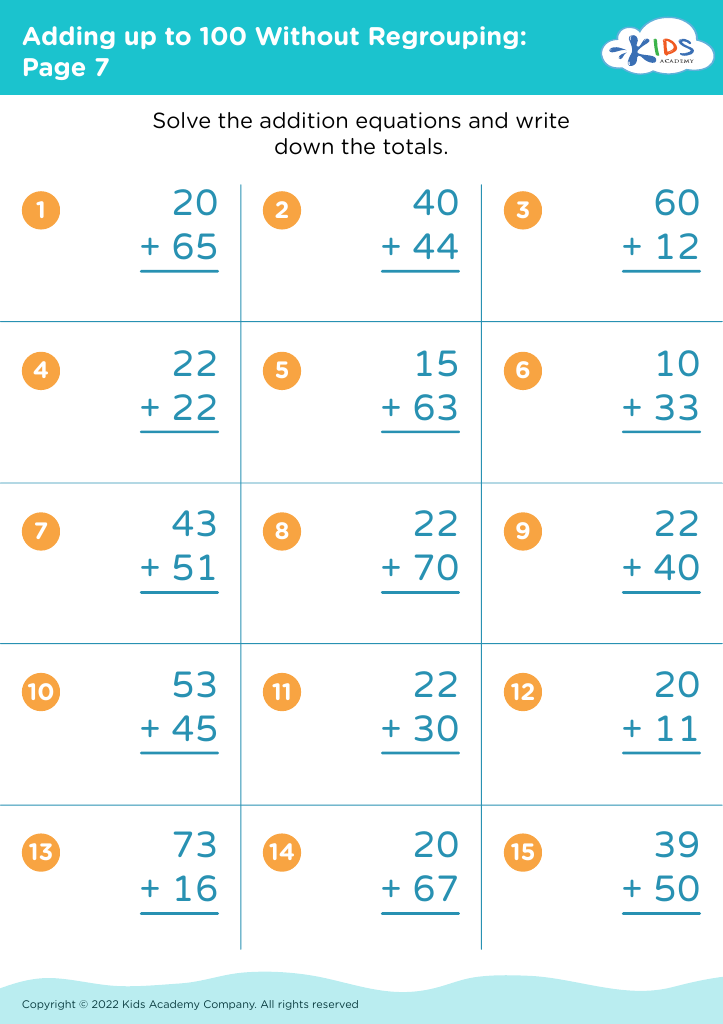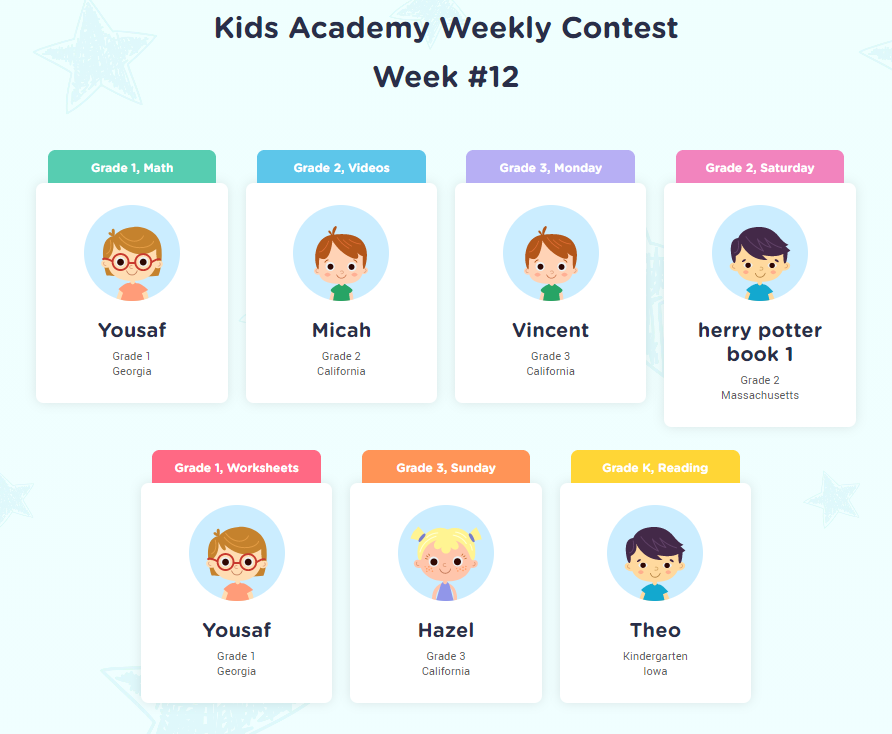Identifying rhyming words Worksheets for Kids
1 filtered results
-
From - To
Question/Answer
What are some effective activities to train students’ Identifying rhyming words skill when teaching them about Adding up to 100 Without Regrouping?
To integrate rhyming word identification with teaching addition up to 100 without regrouping, consider activities like Rhyme & Add Relay, where students solve addition problems and then identify words that rhyme with their answers. Another activity is Rhyme Match & Solve, where students match rhyming word cards, each paired with an addition problem to solve.
What does the Identifying rhyming words skill mean when it comes to Grade 2 Adding up to 100 Without Regrouping learning?
The skill of identifying rhyming words is unrelated to the mathematical concept of Adding up to 100 Without Regrouping, which is a Grade 2 math skill.
How to train the Identifying rhyming words skill in Grade 2 students learning about Adding up to 100 Without Regrouping?
To train Grade 2 students in identifying rhyming words while learning about adding up to 100 without regrouping, integrate language arts into math lessons. Use word problems that incorporate rhyming pairs. For example, create a story problem where "A cat bought a hat for 24 dollars and a bat for 76 dollars. How much did he spend in total?





















